Have you ever looked into your senior dog’s eyes and seen a flicker of worry or hesitation? It’s heartbreaking. Our loyal companions give us years of tail wags, muddy paw prints, and silent comfort, but as they age, life can become confusing and overwhelming for them. The good news? There are so many simple, heartfelt ways to make their golden years shine a little brighter and a lot less stressful. Whether your older dog is starting to slow down or has special needs, these strategies can help them feel safe, loved, and at ease. Here’s how you can turn every day into a gentle, joyful experience for your senior pup.
Keep Their Daily Routine Consistent
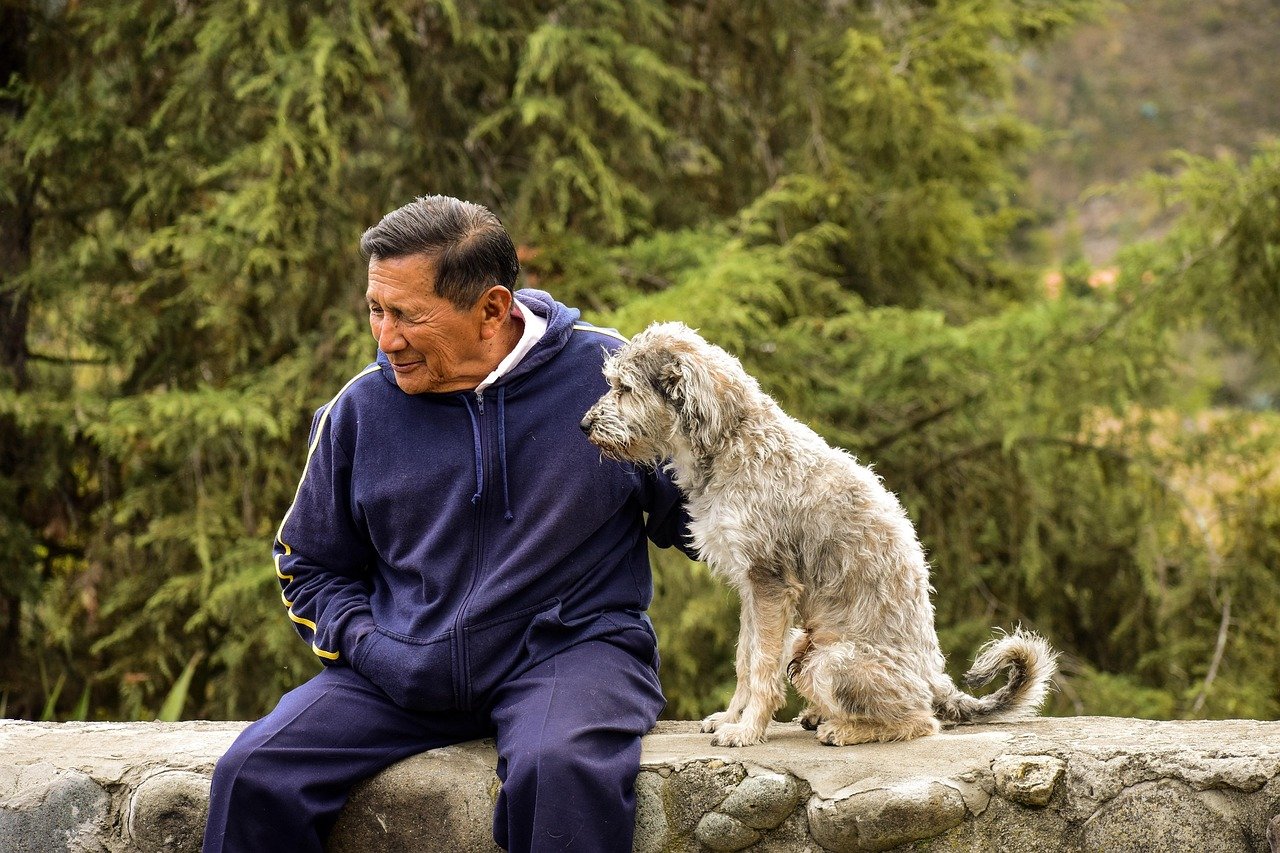
Senior dogs thrive on predictability. Just like us, they can get anxious when things suddenly change. Keeping their meal times, walks, and bedtime the same each day helps them feel secure. Try not to rearrange furniture or change the layout of their favorite spaces, as older pups may have vision or memory issues. A consistent routine acts like a comforting lullaby, reminding them that everything is okay. Even small disruptions can cause confusion, so stick to familiar patterns as much as possible. When changes are unavoidable, introduce them slowly and with plenty of gentle encouragement. Your dog will thank you for the stability.
Provide a Comfortable and Supportive Bed
A cozy bed is more than just a luxury for senior dogs—it’s a necessity. Their joints can ache, and arthritis is all too common, making hard floors uncomfortable. Look for orthopedic or memory foam beds that cushion their pressure points. Soft, supportive bedding helps them sleep soundly and wake up less stiff. Keep their bed in a quiet, draft-free corner so they feel safe and undisturbed. If your dog loves sunbeams, place the bed where the light hits for extra warmth. Just like a favorite old armchair, a good bed is a source of daily comfort and peace.
Adjust Exercise to Fit Their Needs
Exercise is still important for older dogs, but the way they move changes with age. Swap out intense runs for gentle strolls or shorter, more frequent walks. Let your dog set the pace, stopping when they want to sniff or rest. Play low-impact games like hide-and-seek with treats or slow tug-of-war. Swimming in warm water is also a great, joint-friendly activity if your dog enjoys it. Pay attention to signs of fatigue, limping, or reluctance, and adapt accordingly. Exercise should be enjoyable, not exhausting. Remember, a little movement every day helps keep muscles strong and minds sharp.
Offer Mental Stimulation and Gentle Enrichment
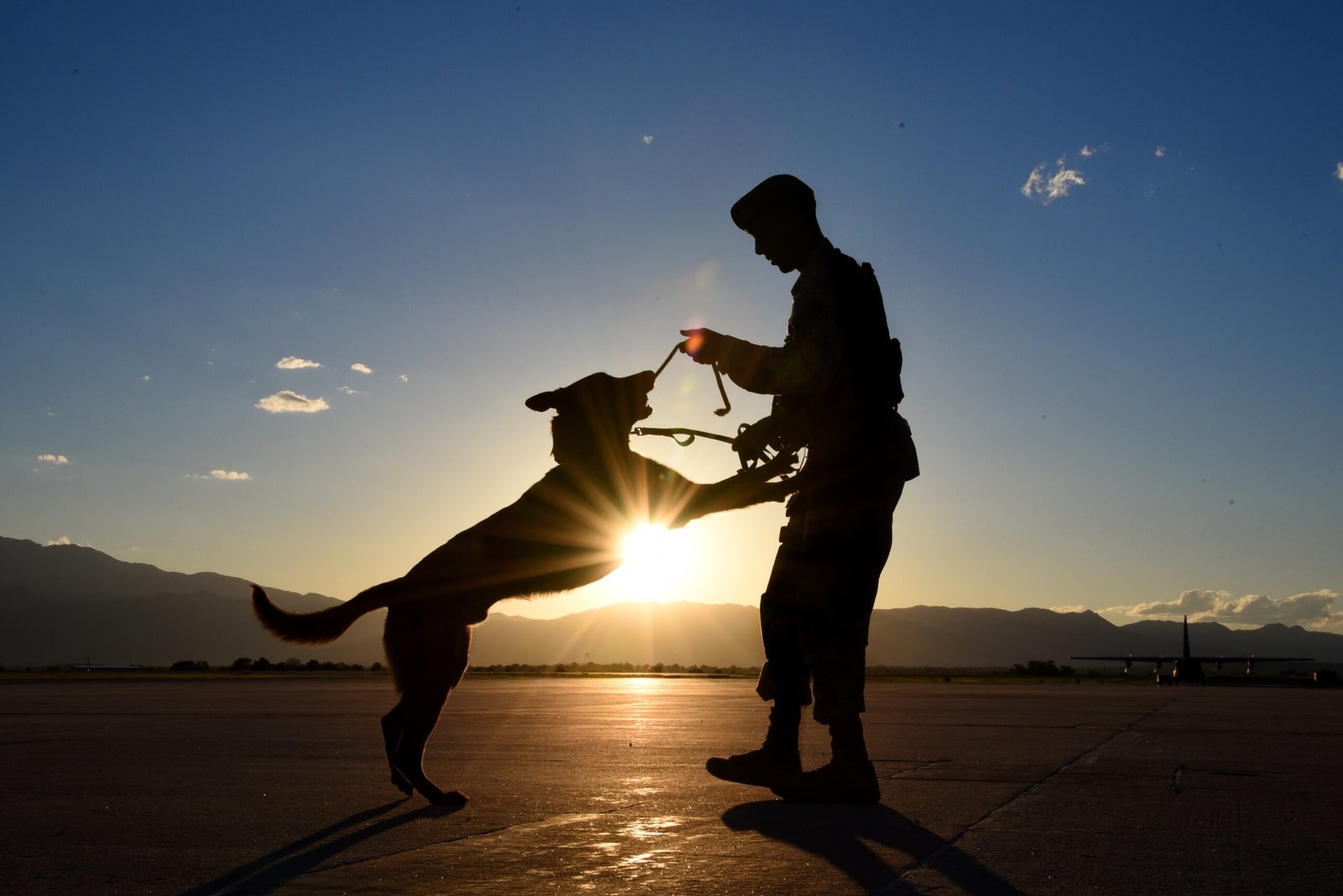
Aging minds need stimulation just like young ones. Boredom can lead to anxiety or even depression in senior dogs. Try puzzle toys, treat-dispensing balls, or simple nose work games to keep their brains engaged. Teach new but simple tricks, or practice old favorites at their pace. Rotate toys regularly to keep things interesting. Sometimes, just exploring a new (safe) scent in the backyard is enough to spark curiosity. Mental enrichment is like a daily crossword for your dog—fun, rewarding, and a great way to bond.
Make Your Home Senior-Dog Friendly
Your house might feel like a familiar haven, but for an older dog, it can become an obstacle course. Slippery floors, steep stairs, and high furniture can be daunting. Add non-slip rugs or mats where your dog walks most. If stairs are a struggle, use ramps or gates to keep them safe. Elevate food and water bowls to reduce neck strain. Make sure their favorite spots are easy to access—sometimes just moving their bed closer to you can make a world of difference. A little home adjustment goes a long way in lowering stress.
Prioritize Regular Vet Checkups
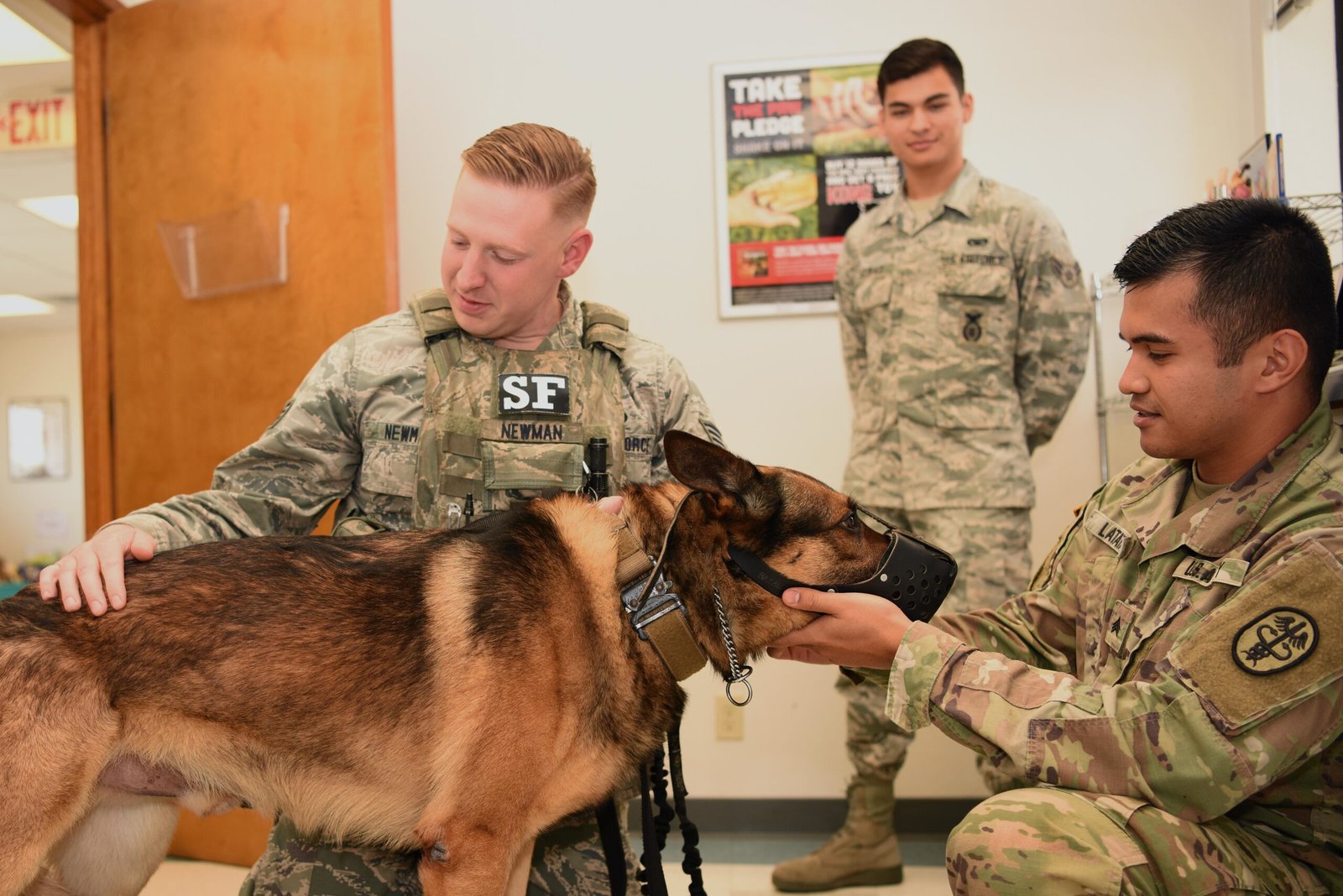
Senior dogs need extra health monitoring. Even if your pup seems fine, regular vet visits can catch problems early, from dental issues to hidden pain. Vets can recommend supplements, check for arthritis, and update you on the best care for your dog’s age. Don’t hesitate to mention any changes, even small ones—like a new limp or change in appetite. Early intervention often means less stress and more comfort for your dog. Remember, your vet is your partner in helping your senior dog feel their best.
Provide Gentle Grooming and Skin Care
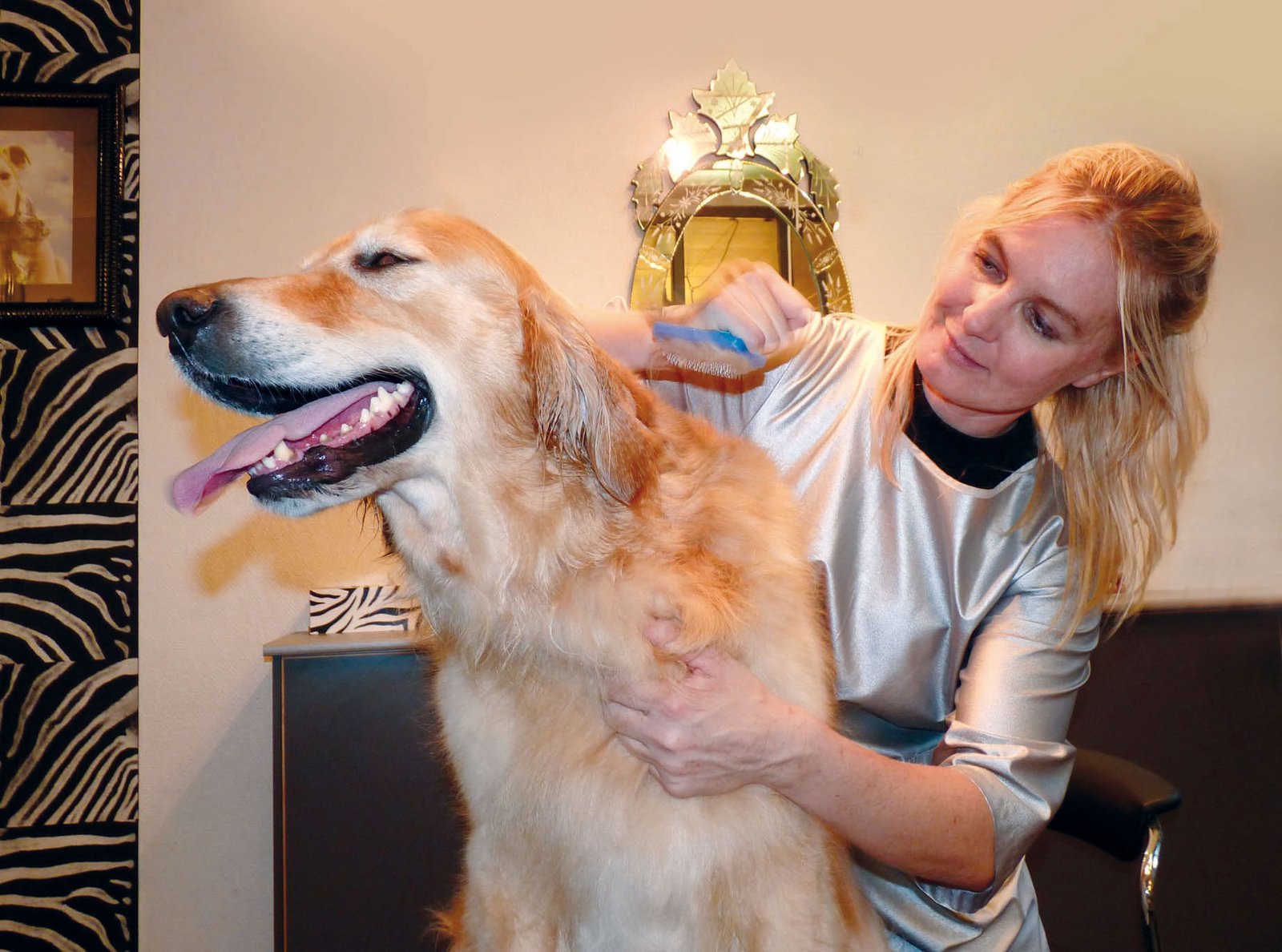
Older dogs’ skin can become sensitive, and their coats may thin or mat more easily. Regular, gentle brushing removes loose hair and stimulates circulation. Use soft brushes and avoid pulling or tugging. Bathing should be warm and soothing, never too hot or cold, with mild dog shampoos that won’t irritate their skin. Check for lumps, bumps, or sore spots during grooming sessions. This quiet, hands-on time can be reassuring for your dog, strengthening your bond and helping them relax.
Offer Nutritious, Senior-Appropriate Food
Diet needs change as dogs age. Senior dogs may need fewer calories, more joint support, or easier-to-digest ingredients. Look for high-quality, age-specific dog foods or ask your vet about supplements like omega-3s for joint and brain health. If your dog has dental issues, try softening their kibble or offering wet food. Always ensure they have plenty of fresh water. The right nutrition can ease discomfort, boost energy, and support overall wellbeing. Think of it as fueling their golden years with love.
Minimize Loud Noises and Chaotic Environments
Older dogs are often more sensitive to noise and commotion. Fireworks, thunderstorms, or even a loud TV can set off stress. Create a quiet retreat where your dog can escape the chaos. Use white noise machines, soft music, or calming pheromone diffusers to help soothe nerves. During parties or busy times, keep your senior dog in a peaceful room with their favorite toys and bedding. Calm surroundings help them feel safe and in control, melting away anxiety.
Provide Extra Love and Attention
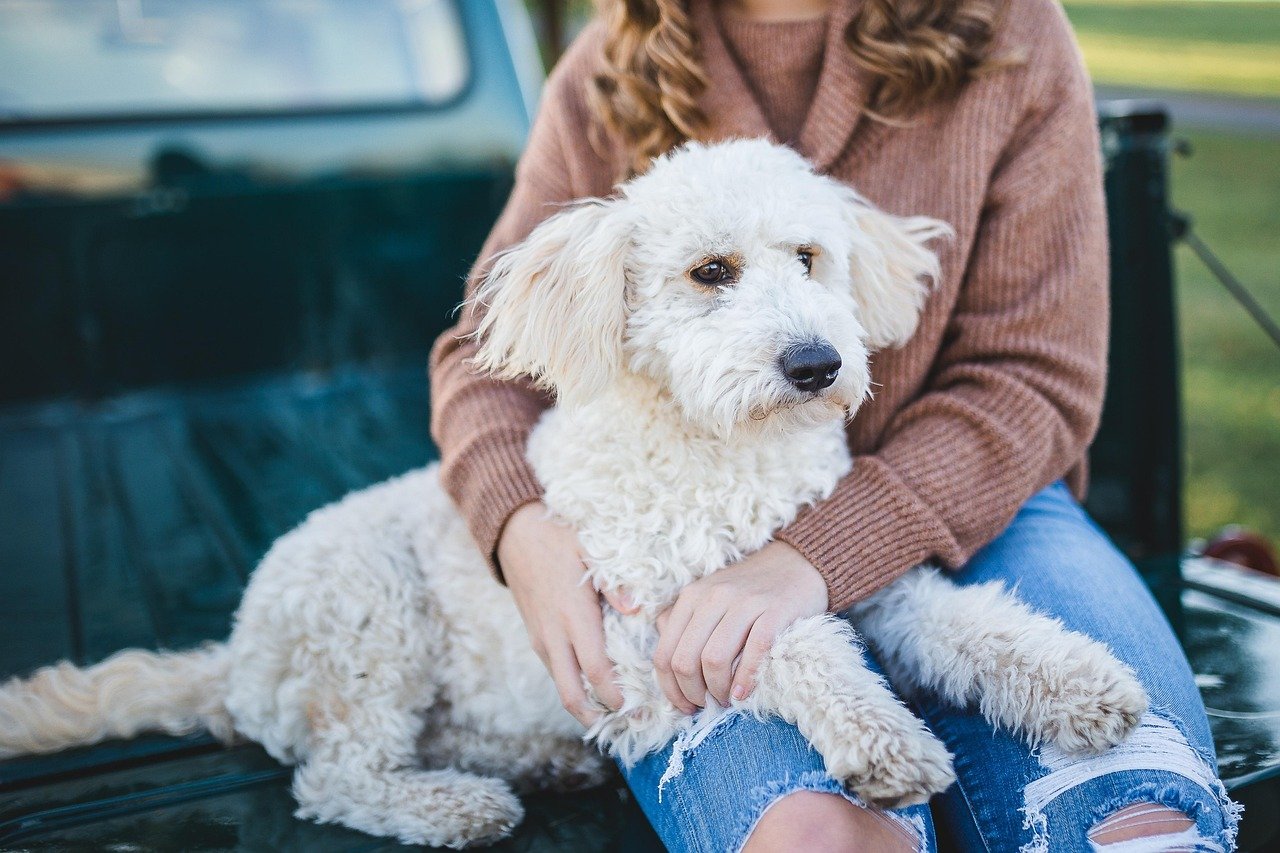
Senior dogs crave affection and reassurance. Take time every day to snuggle, talk gently, and let them know they’re cherished. Some older dogs become more clingy, while others prefer quiet company—learn your dog’s comfort level and respect it. Quality time can be as simple as sitting together and stroking their fur. Never underestimate the power of your touch or the soothing effect of your presence. In their twilight years, your love is the best medicine.
Help Them Socialize Safely
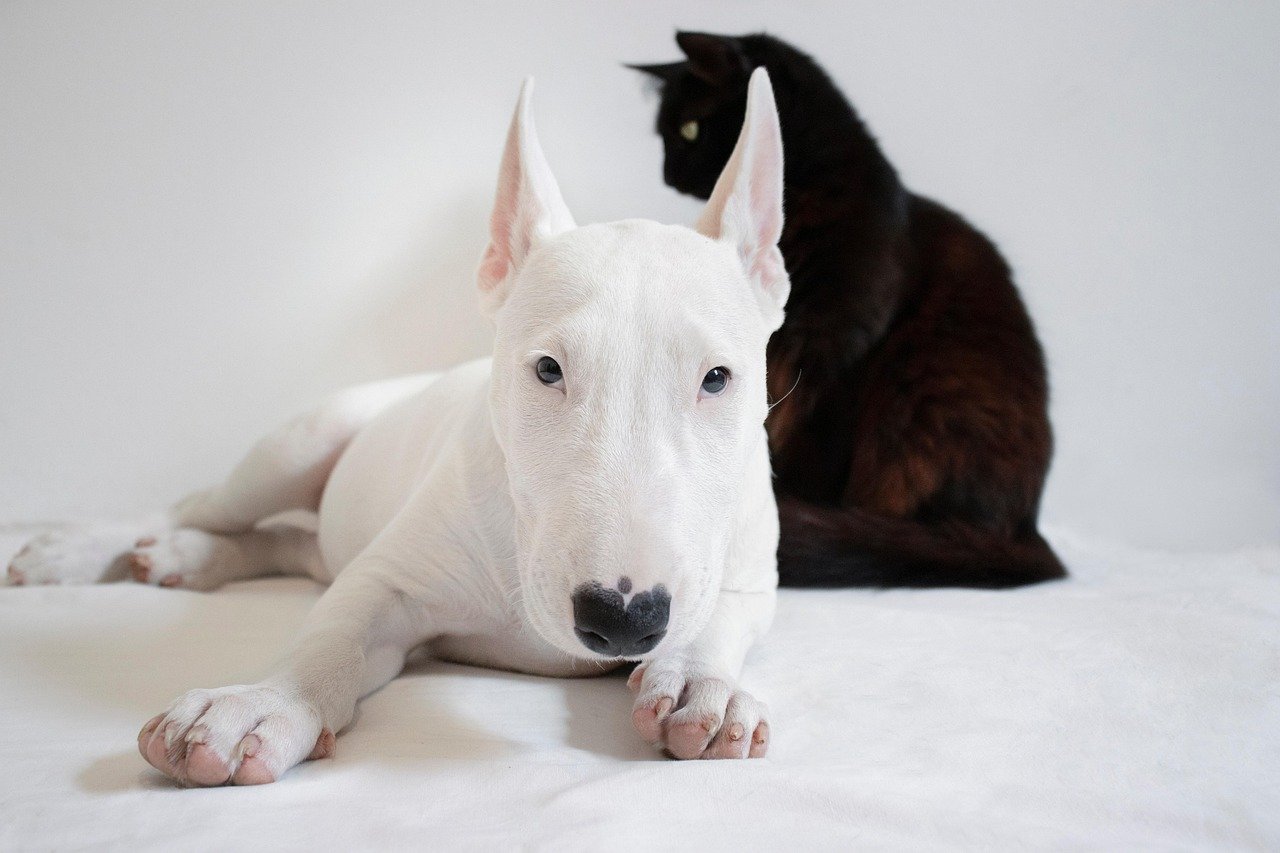
Socialization doesn’t stop with age, but it needs to be gentler. Arrange calm playdates with familiar dogs or visits from trusted friends. Avoid rough, overwhelming situations or crowded dog parks. Watch for signs of stress—tucked tails, yawning, or hiding—and step in if needed. Positive, low-key interactions can brighten your dog’s mood and keep their spirits up. Remember, even just sitting together on the porch and watching the world go by counts as social time.
Watch for Signs of Pain or Discomfort
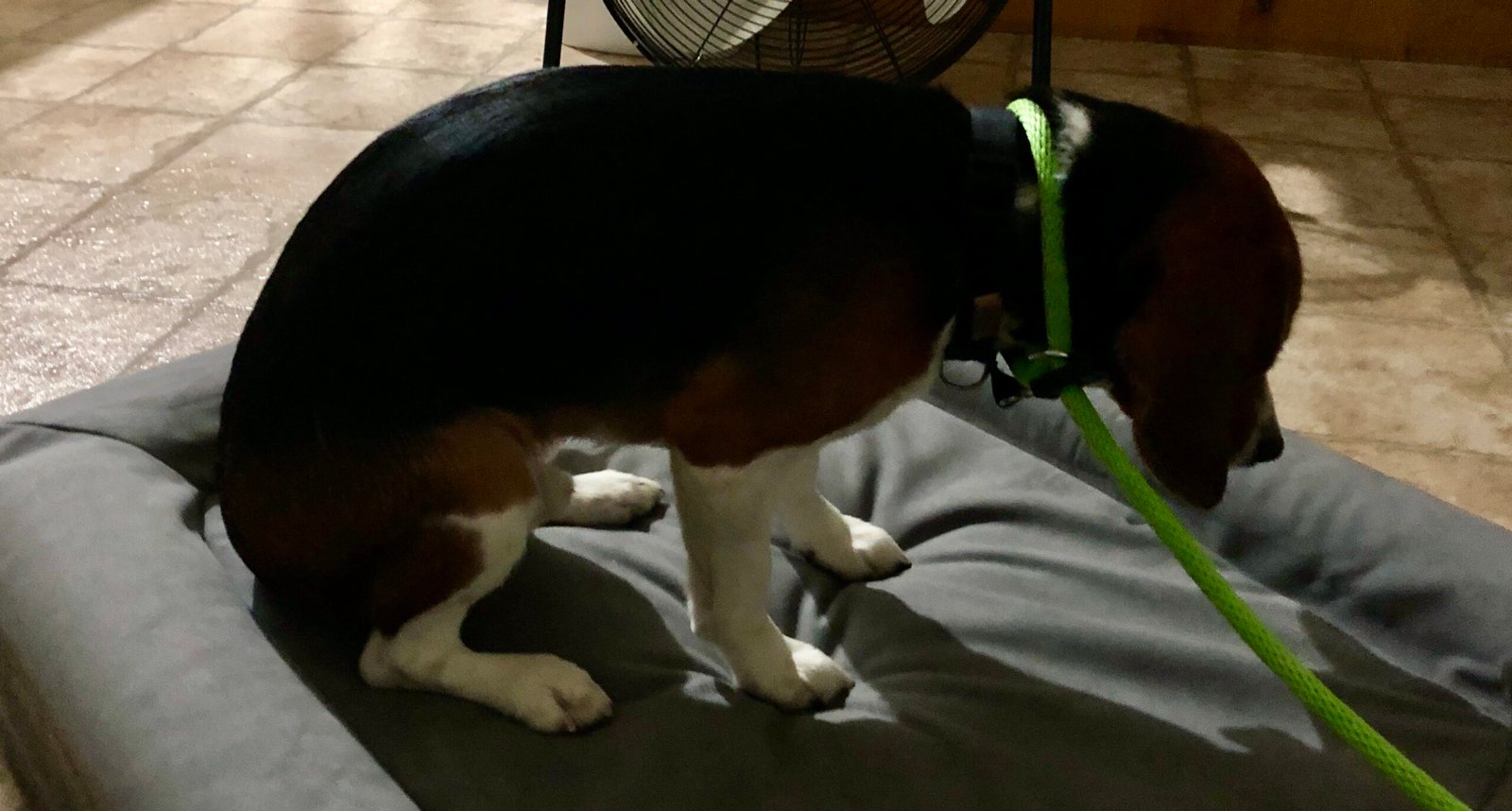
Dogs are masters at hiding pain, especially as they age. Subtle changes—like licking a paw, moving less, or sighing when lying down—can signal discomfort. Check your dog daily for signs like limping, whining, or loss of appetite. If you notice anything off, consult your vet right away. Managing pain quickly can prevent bigger problems and keep your dog happy. Think of yourself as your dog’s advocate—they count on you to speak up for them when something’s not right.
Consider Calming Supplements or Therapies
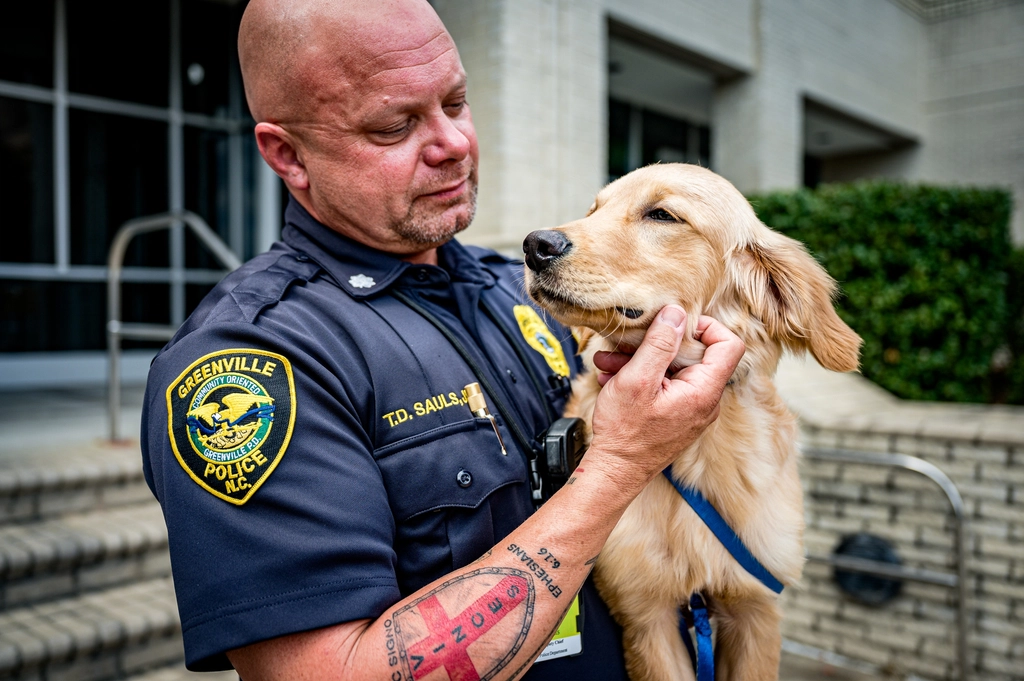
If your senior dog seems anxious despite your best efforts, calming supplements or therapies may help. Options like CBD oil, chamomile treats, or vet-recommended calming chews can take the edge off. Some dogs benefit from massage, acupuncture, or gentle physical therapy. Always check with your vet before trying new supplements or treatments. Every dog is different, so it may take some experimenting to find what works. Sometimes, just knowing you’re doing everything possible can bring peace to both you and your furry friend.






